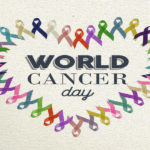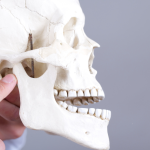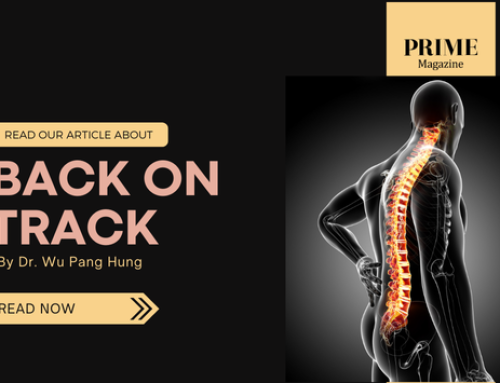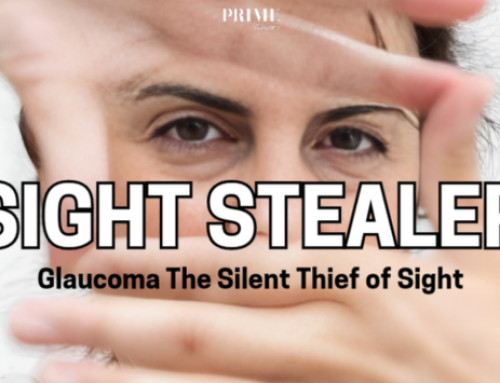Troublesome varicose veins can now be treated effectively with new minimally invasive methods!
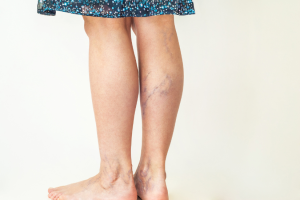
Varicose veins are veins that appear as bluish lumps called varicosities. They most often develop on the calf, inner thigh and surface of the feet. Apart from being unsightly, they can develop into more serious medical problems. As the varicose veins disease progresses, patients can experience severe aching and pain in the calf that is made worse by prolonged standing. There is also leg swelling, itchiness and eczema over the inner calf or foot. The skin of the affected area may then become dark and thick as well. In extreme cases, an ugly ulcer may form, which can get infected and not heal without treatment.
Varicose vein risks
Varicose veins result when the superficial veins in the calves and thighs do not function properly. In normal veins, one-way valves ensure that blood flows upwards towards the heart. When these one-way valves fail, there is a backflow of blood down the legs which causes a rise in pressure, especially when standing. This pressure rise and blood pooling in the legs are responsible for many of the symptoms of varicose veins especially the bulging varicosities.
The condition affects up to four in 10 women and is common as one ages. Other risk factors include obesity, a family history of the condition, pregnancy and a past history of deep vein thrombosis (a blood clot in the lower limb). People in occupations that require long periods of standing are also at higher risk.
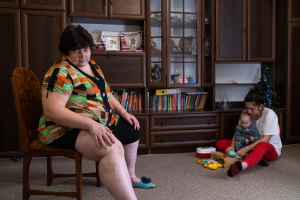
Vein approaches
There are several ways to treat and manage varicose veins. Non-surgical methods include compression stockings. These prevent blood from pooling in the legs by physically forcing the blood in the diseased vein segments to flow upwards. However, they are only effective if worn continuously.
Surgery offers long-term cure and traditionally is done via open incisions in the groin or upper thigh to remove the diseased vein segment. Recurrence rates are low but some post-operative pain and bruising is to be expected. Some other significant side effects are persistent long-term pain and numbness.
Over the last decade, minimally invasive needle-hole (Endovenous) surgery has become the new standard of care. This type of surgery only requires a small puncture made directly into the diseased vein segment. Then using ultrasound as a guide, the vein can be closed from the inside, allowing it to seal off without needing to be physically removed. There are currently 2 kinds of technology – Venaseal, where safe and hypoallergenic glue is injected into the vein to seal it off or Venefit, where radiofrequency probes are used to heat the vein from the inside to close it off. These “scarless vein surgery” results in minimal pain and minimal bruising. Endovenous surgery can be done under local anaesthesia and mild sedation as outpatient surgery.
Another minimally invasive method involves using very fine needles to inject chemicals into the diseased veins to cause them to block off and disappear over time. This approach is more suitable for treating small varicosities and superficial skin spider reticular vein patches and is often done in the clinic.

Dr Benjamin Chua
Vascular Surgeon / Medical Director
Besides being a renowned Vascular and Endovascular Surgeon, Dr Benjamin Chua is also regional proctor and expert live case demonstrator for major endovascular procedures. Dr Chua’s passions include aortic aneurysm, limb salvage vascular and endovenous surgery. He is driven to provide effective treatment for diabetic foot problems to prevent limb amputations and early treatment for aortic aneurysms. A passionate doctor who cares about his patients, Dr Chua has received several patient quality care awards by SingHealth, including the Heart of Gold, Singapore Health Care Quality Gold and Silver awards. At the Vascular and Interventional Centre, Dr Chua provides excellent care for patients with vascular diseases.



